Quasar Spectroscopy Sonification
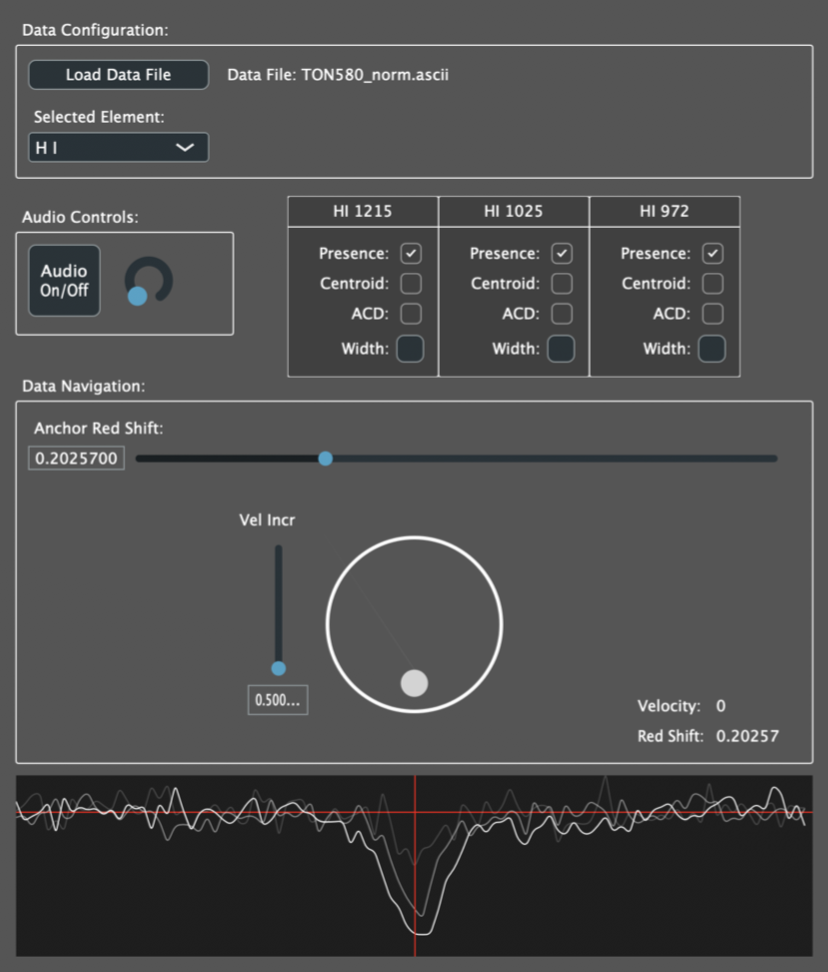
This research presents sonificatoin approaches to support research in astrophysics, using sound to enhance the exploration of the intergalactic medium and the circumgalactic medium. Sonification approaches presented are used to convey key spectral features utilized in absorption line spectroscopy. The result is a novel software tool, Quasar Spectroscopy Sound, that enables researchers to analyze cosmological datasets via the sonification techniques presented.
The paper is available here: Quasar Spectrum Sound
Network Sonification
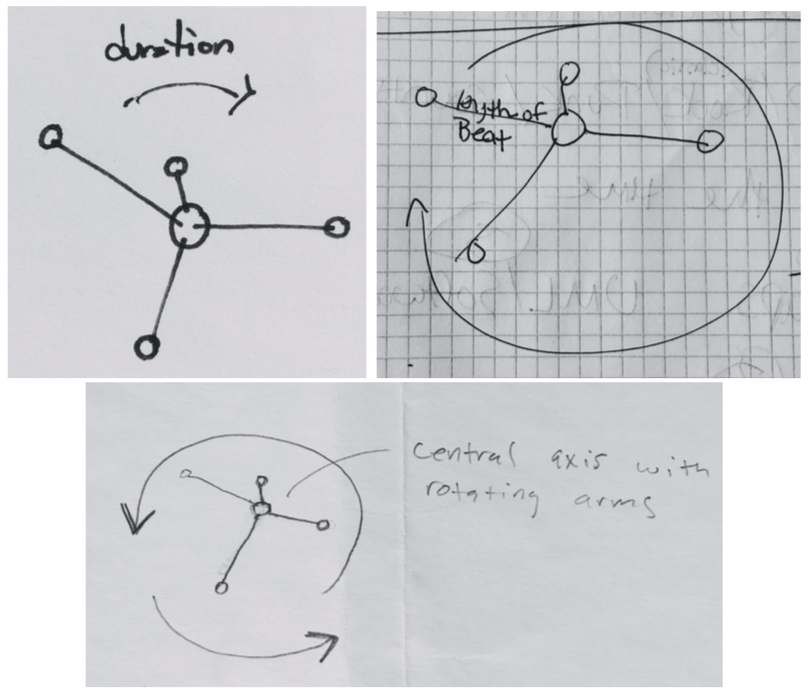
This research explores how sonic features can be used to represent network data structures that define relationships between elements. Through a set of pilot studies, it presents initial findings on the ability of users to understand, decipher, and re-create sound representations to support primary network tasks such as counting the number of elements in a network, identifying connections between nodes, determining the relative weight of connections between nodes, and recognizing which category an element belongs to.
The accompanying paper was published in the 2019 proceeding of the International Conference on Audio Display (ICAD) and can be downloaded here: Network Sonifcation
Sensations of Tone
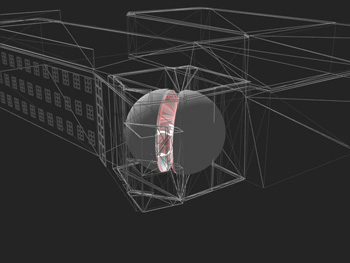
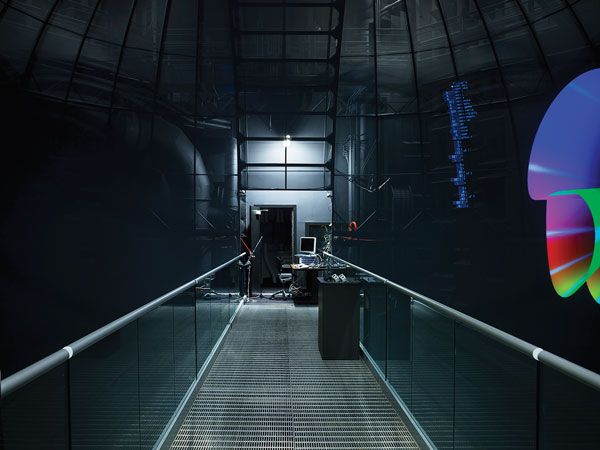
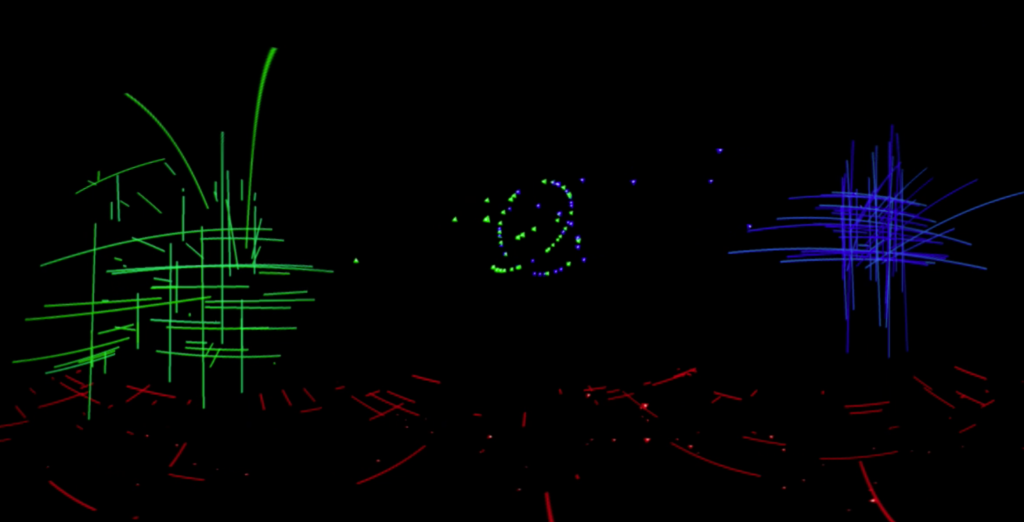
This research explores sonic domains of sensory dissonance in a spatial context. The project was realized utilized the Allosphere facility at the University of California Santa Barbara California NanoSystems Institute. The result was an interactive sound installation that allowed a user to control and position sonic fields of various intensities of sensory dissonance and harmonicity. Concepts and details relating to the piece are documented in my Ph. D. Dissertation, available here: PhD Dissertation.
Sensory Dissonance and Sonic Sculpture
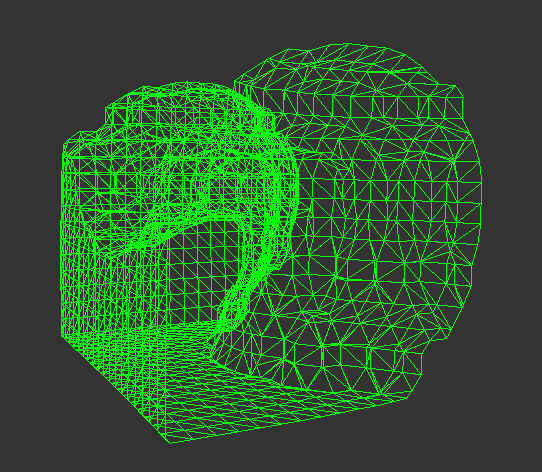
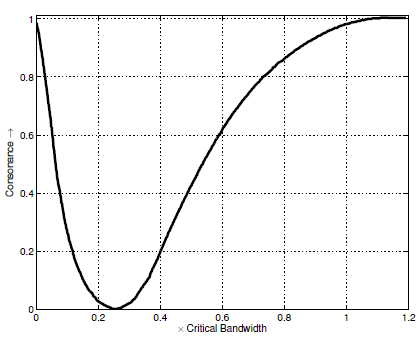
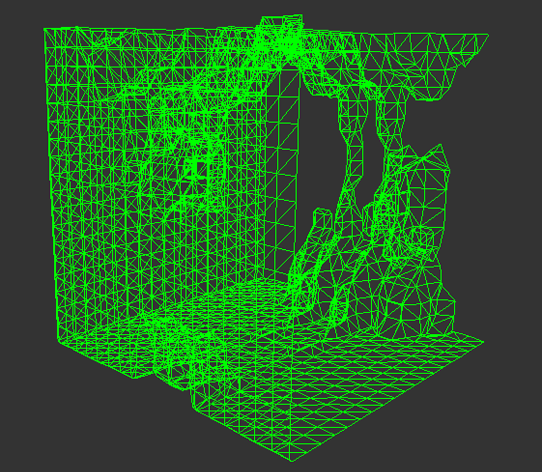
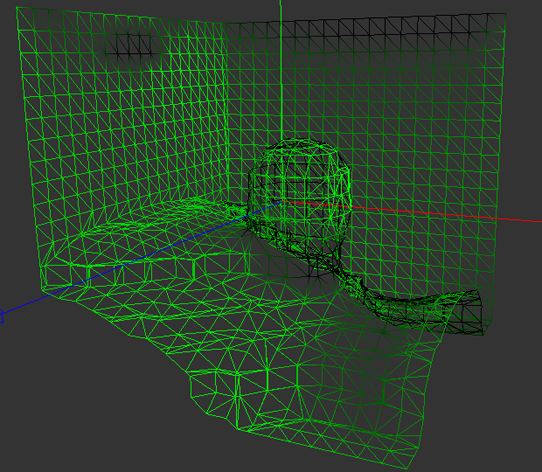
This research explores sonic applications of sensory dissonance. In particular it aims to develop a model for representing sensory dissonance in three-dimensional space. With a method established, three-dimensional dissonance fields can be constructed, resulting in generated “contours” of sound that form sonic sculpture.
The accompanying paper was published in the 2014 proceeding of the International Computer Music Conference (ICMC) and can be downloaded here: Sensory Dissonance and Sonic Sculpture